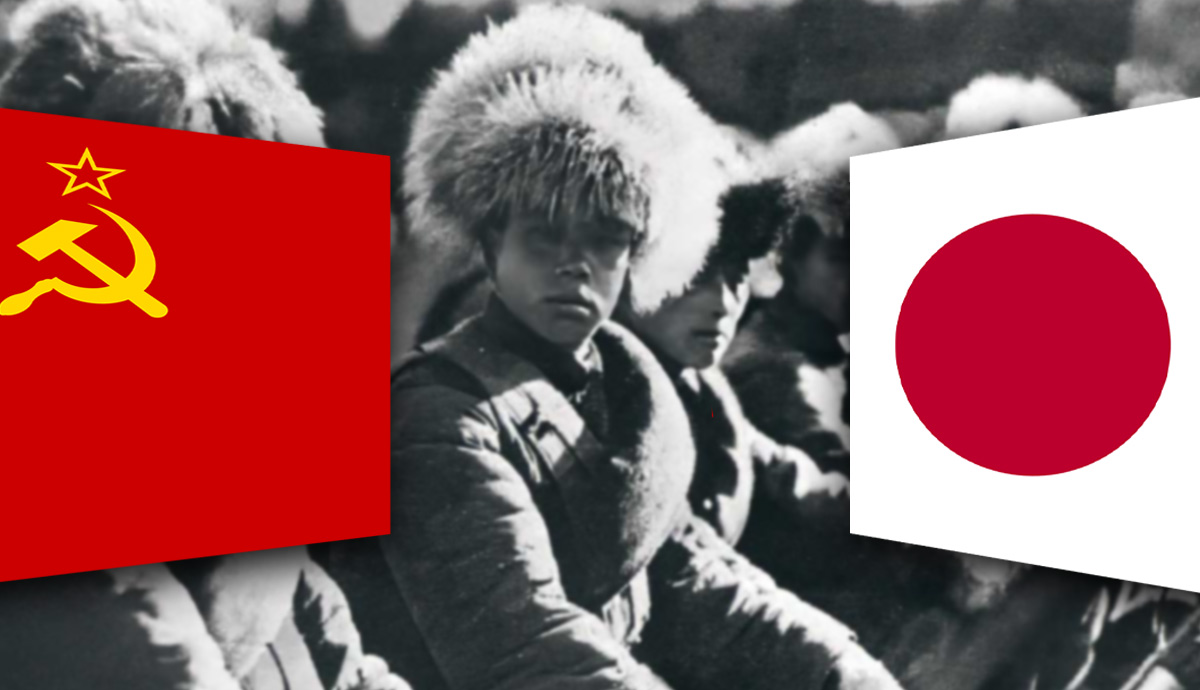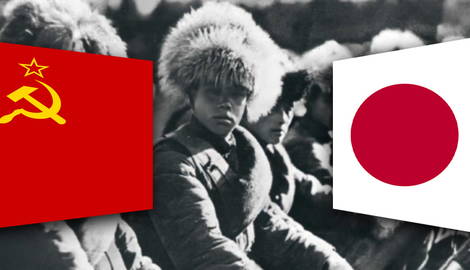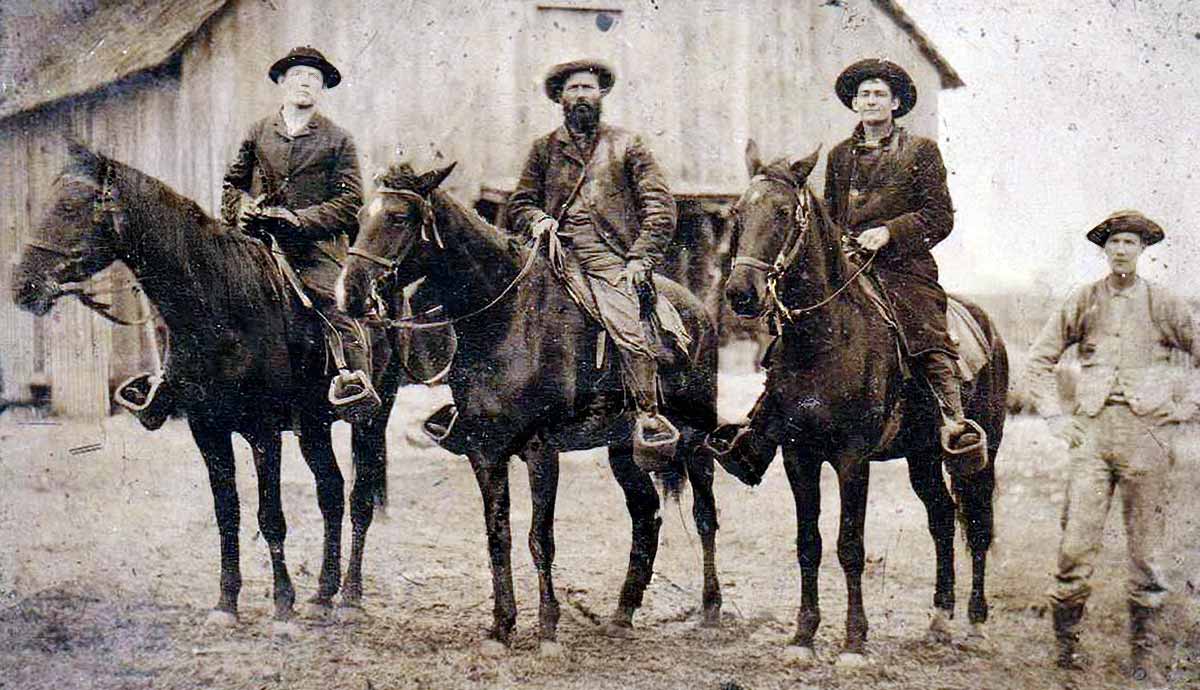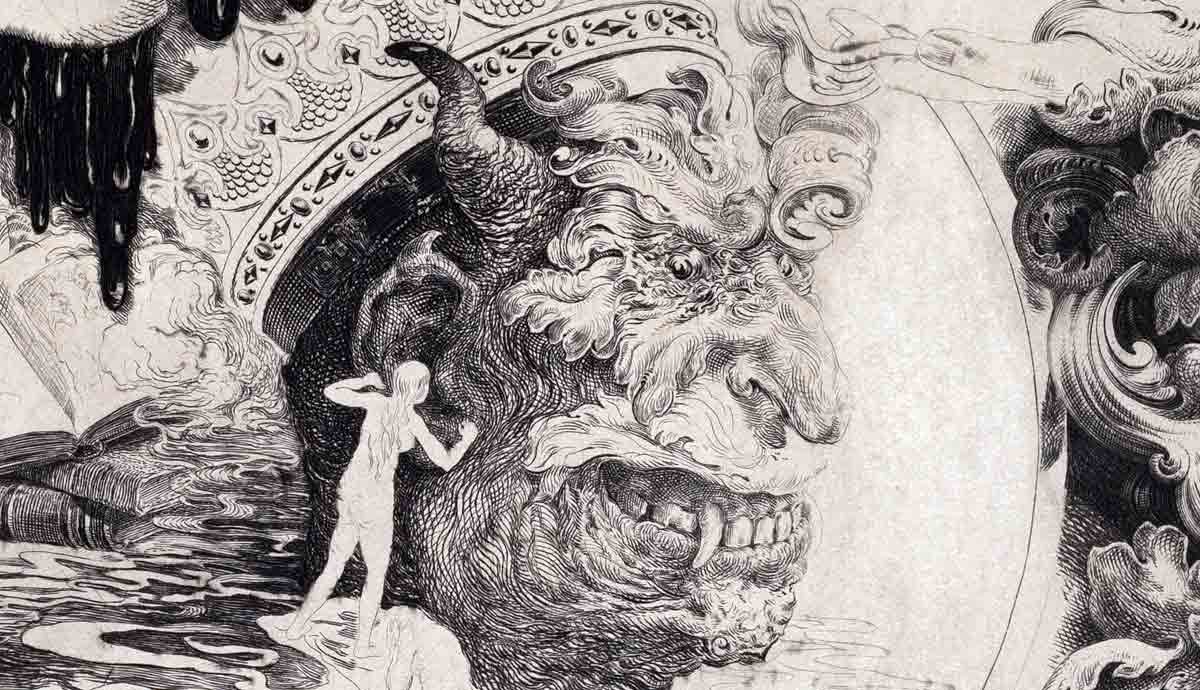
On August 9, 1945, the Soviet Union declared war on Japan. The battle-hardened Red Army struck into Manchuria, attacking on three fronts. That same day, a second atomic bomb destroyed Nagasaki. Faced with atomic bombs and a Soviet invasion, on August 15, 1945, Emperor Hirohito announced Japan’s surrender.
The 1930s Seesaw Battles

Behind this last Soviet named “Manchurian operation,” lay several years of border clashes with pitched costly battles that concluded with 1939’s Battle of Khalkhin Gol. The events that created this clash began in 1935 as Japan’s China invasion gave the Empire a long common border with the Soviet Union. Both sides crossed the border, clashed, launched reprisal strikes, and then withdrew.
Vaguely designated borders caused hard feelings as proxy Manchurian (Japan) and Mongolian (Soviet) troops clashed in disputed areas. These borders, created from the 1905 Russo-Japan Treaty, saw Japan focused on the Soviet Union as the biggest threat.
The Battle of Khalkhin Gol

The 1938 clashes between the Soviets and Japanese grew increasingly heated until May 1939. A large cavalry clash between Manchukuo and Mongolian cavalry injured hundreds. Both sides rushed forces to the region, adamant about no retreat. Japan’s army in Manchuria, called the Kwantung Army, tended to act independently. The new Soviet commander, Zhukov, came with explicit orders to eliminate the Japanese.
Troop numbers swelled as skirmishes continued. The Kwantung Army struck first, throwing two pincers across the Khalkhin Gol River. The Soviets counterattacked, starting battles that stalemated by the end of July 1939 with heavy losses. The Soviet Red Army, able to resupply faster, launched a crushing attack on August 20. Zhukov’s army numbered over 50,000, with many supporting tanks, artillery, and aircraft. The Soviets quickly annihilated the encircled Japanese forces by August 31, 1939. The bloody nose at Khalkin Gol shocked Japan. This “incident” made Imperial Japan increasingly anxious.
Either side signed a ceasefire on September 20, 1939, not wanting this to expand. The Soviet Union considered European events the greater peril. Japan realized the Red Army could fight, had better tanks, and quickly replaced losses. The Imperial Navy led the push for resources towards the Pacific, especially East Indies’s oil.
The Soviet Japanese Neutrality Pact

This Pact, signed in 1941 in Moscow, may not be a noteworthy event to many but this agreement gained four years of peace between these rivals. The 1939 Khalkhin Gol fighting proved bloodier than either wanted. The Red Army demonstrated they could and would fight, using combined arms in a way Japan, still an infantry-centric force, could not. To Zhukov and other Red Army commanders, the operation was sloppy. Stalin’s purges killed many competent commanders, leaving only those afraid to change orders. Orders became inflexible; just follow the plan. The result meant unnecessary losses.
By 1941, the European order had collapsed, and the Wehrmacht had assembled on Russia’s borders. Japan’s government looked around the Pacific, noticing easier gains for not such hard fighting. A secure Manchurian/Mongolian border allowed each to focus on other priorities.
The Pact, signed in April 1941, let each side exhale. The Pact agreed to respect Mongolia’s and Manchuria’s borders for five years. Six months later, as the Wehrmacht reached Moscow, the Red Army shifted the experienced Siberian units to thrash them. The Soviets couldn’t afford to fight a two-front war.
The Between Years

The 1941 Pact temporarily resolved the problems between Japan and the Soviet Union. Each remained wary, warily watching and reporting to allies. The Soviet Union kept over a million troops, hundreds of tanks, and air groups in the East. Stalin knew if Japan invaded, the Soviets were done. Luckily, the Soviets knew that Japan’s attention now turned south.
Information came by cracking Japanese diplomatic codes and the spy Richard Sorge. This talented Communist spy was a political adviser for Germany’s Japanese ambassador.
Japan kept to the Pact’s provisions to avoid a war. China and the Pacific battles had already tied up their military, making Manchukuo and Manchuria a secondary theater. After the 1943 Stalingrad debacle, Japan also doubted Germany could defeat the Soviets. All Nazi requests to invade Siberia got rejected.
The Yalta Agreement

Under the February 1945 Yalta Agreement, Stalin agreed to invade Japan. The Allies knew fighting in Japan would be costly. In April, the Soviets denounced the Non-Aggression Pact, and three months after Germany’s surrender, the Soviets declared war. By August 15, 1945, Japan surrendered.
Invaded Manchuria benefitted the Soviet Union. The war eliminated Japan’s power, regained all lost territories since 1900, and years later, helped create Communist China and North Korea. Stalin honored his pledge despite Allied concerns he may not.










